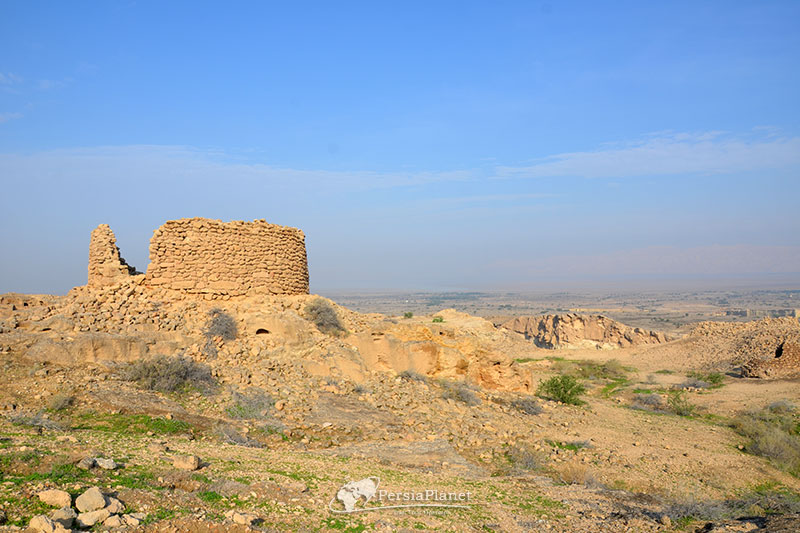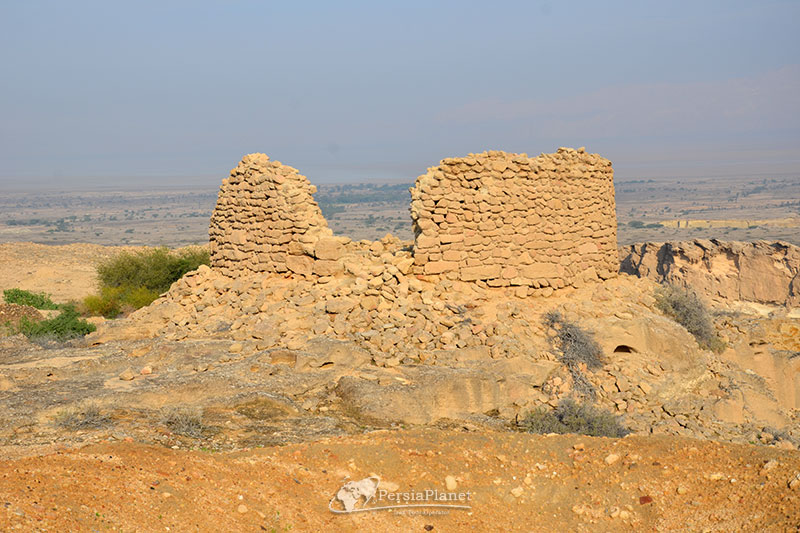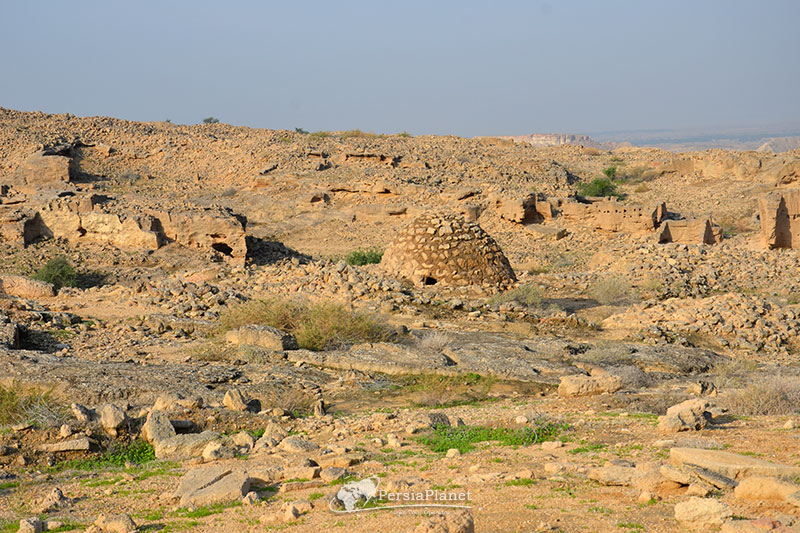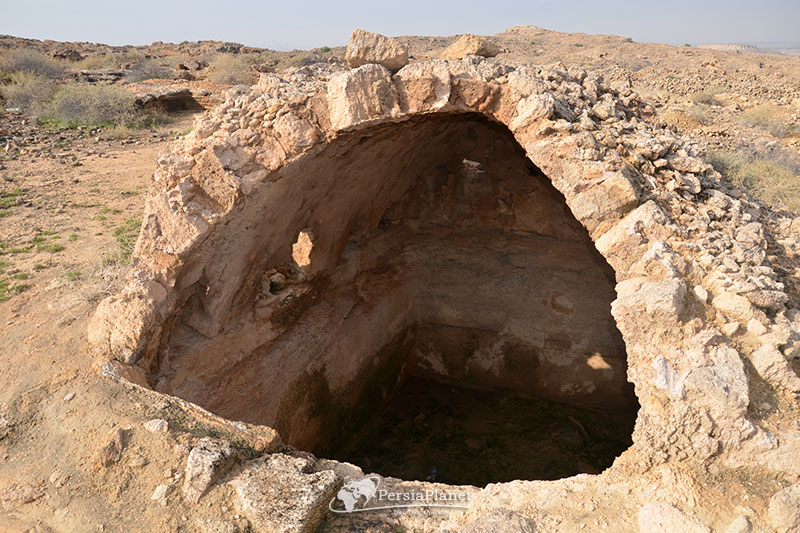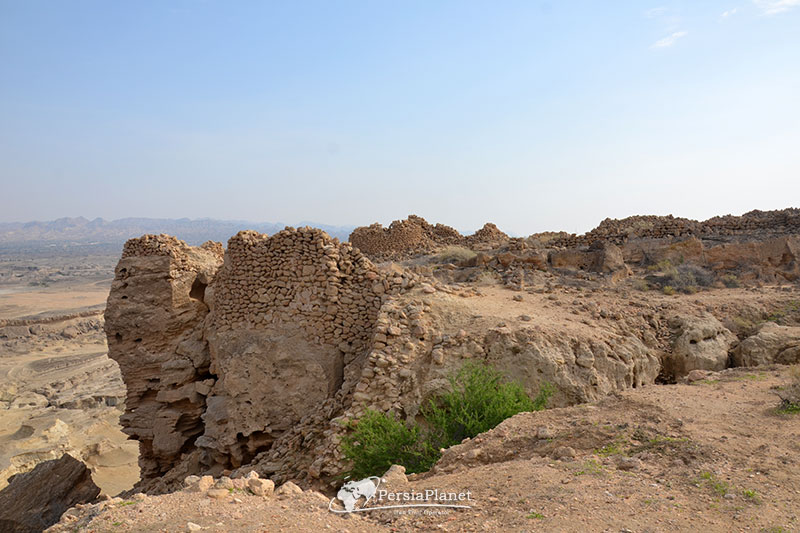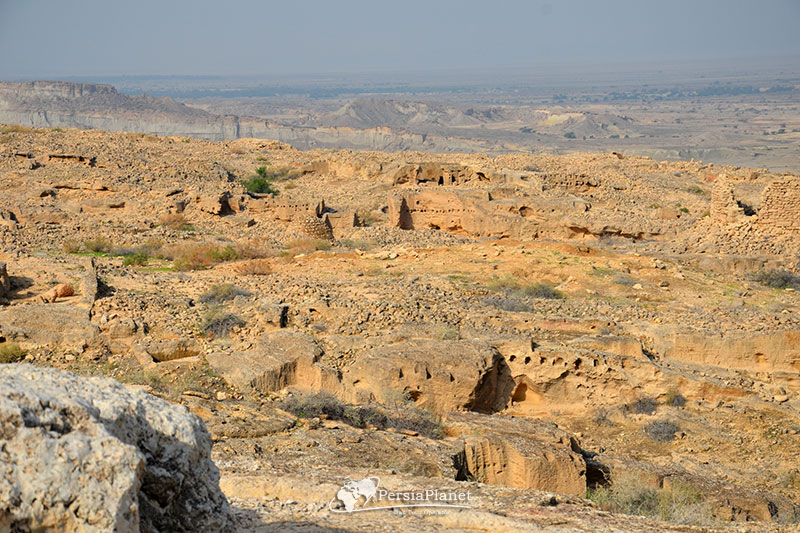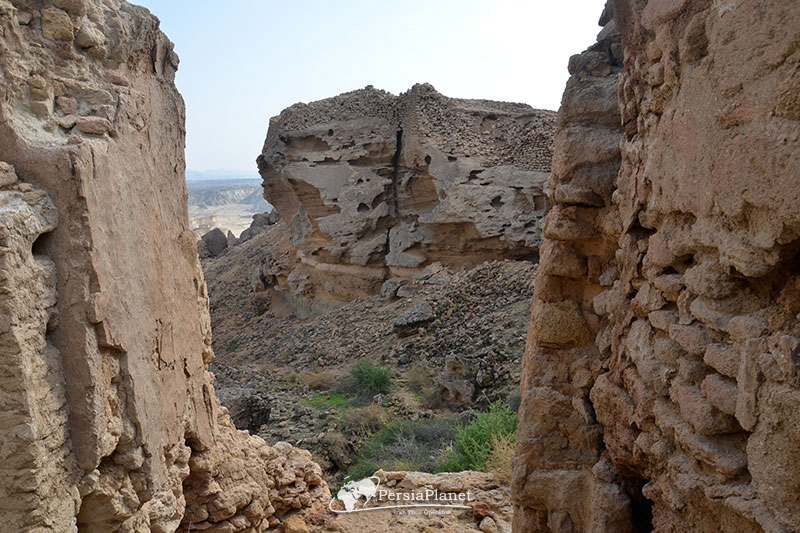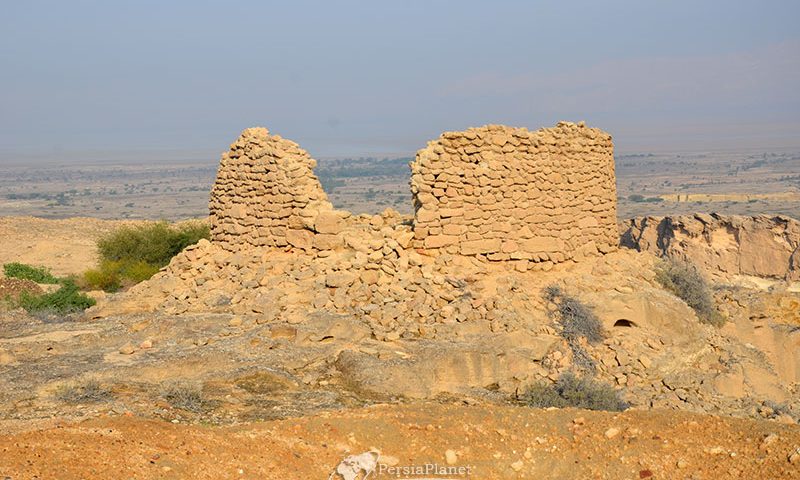Lashtan Castle, Lashton Fortress

Rainbow Cave of Hormoz
September 25, 2020
Rocky beach of Bandar Moqam
September 25, 2020In the north of Bandar Lengeh city and along the road of this city to Bastak and Lar, one of the old castles left over from the exploitation of European countries, is known today as one of the tourist attractions of this region. The approximate distance of this castle from the city of Bandar Lengeh is about 15 km, which is about 5 km from the end of it is unsuitable for passing cars, and in case of rain, crossing it is associated with many dangers.
This fort, known as Lashtan, is built on a low mountain called Shahinkuh. This mountain at the top has a large and flat space with a length and width of about 400 meters by 200 meters. In this large space, significant artifacts have been left, such as old tombs, a number of reservoirs and half-ruined chambers. Although natural and man-made destruction have had a great impact on these monuments, the former greatness of this castle can still be realized. Only small parts of the castle walls remain, but these parts can well show the strength of the main castle.
Entering the castle requires a half-hour walk and you have to climb the mountain. Parts of the route are a bit difficult and not suitable for children and the elderly. The road of this castle is significantly damaged during the rainy season, and for this reason, visiting the castle requires a favorable climate.
The date of initial construction of this castle is definitely not known. Some attribute it to the Achaemenid period, more than 2,000 years ago, and some to later periods. But what is certain is that the castle was rebuilt and used by the Portuguese to protect their colonies.
There are claims that there are communication tunnels between this castle and the castles on the beach, but there is no strong evidence to prove it.
The construction of this fort on the top of the mountain has caused the inhabitants of the fort to dominate their surroundings and they have always been able to identify all the threats in the fastest possible time.
Existence of many cemeteries on the top of the castle, water storage and rooms with carved walls show that life in this castle has been going on for many years. Currently, the castle is without guards and guides, and it is free to visit at all hours of the day and night.
Mehdi Gholami.
